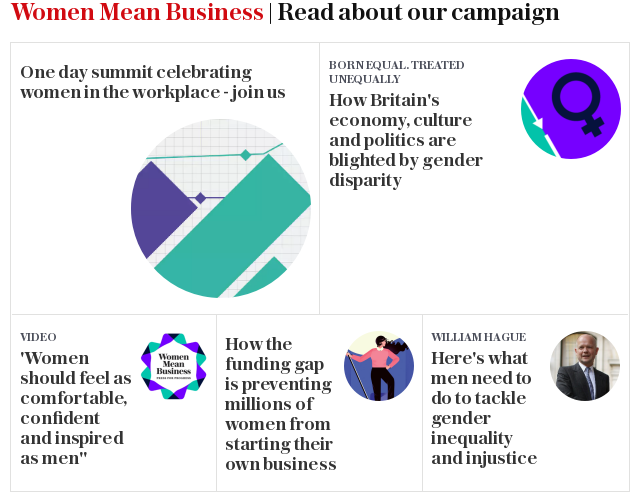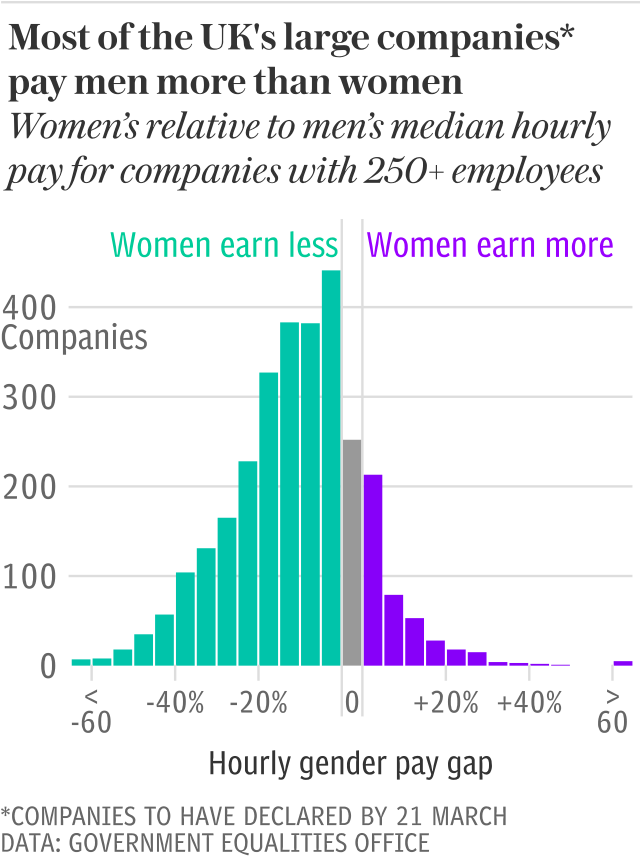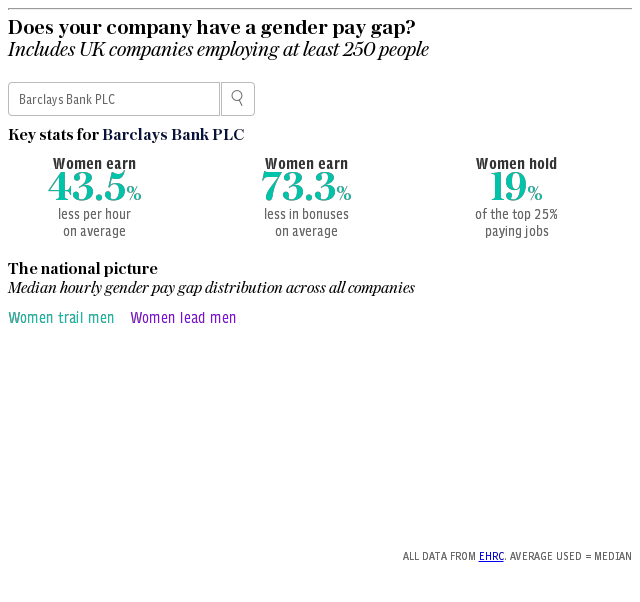Five steps you can take to fix your company’s gender pay gap


Tonight’s the night. By midnight, all organisations with over 250 employees should have reported their gender pay statistics on the government’s website. For many this will prove a busy time; over 2,000 companies will be scrambling to report, or face fines for not doing so.
Looking at the 8,000 or so companies that have reported, most reveal a familiar pattern - the so-called ‘glass pyramid’. This means women outnumbering men in the lower-paid positions, and too few women at the top in the management and leadership roles, resulting in a gender pay and bonus gap.
If you find yourself working for a company with this shape, then what can you do to fix it? Of course, responsibility for fixing this situation also rests with your employer, the government and education. However, there are steps you can do to mind your own gap, and step up the pressure for your employer to take action.
Here are my top five:
1. Understand your organisation’s own ‘glass pyramid’ and benchmark it
The first thing you should do is take a look at your organisation’s data. Rather than similarly focusing on the overall mean and median, take a close look at the percentage of men and women in the lowest, bottom quartile compared to the percentage at the top of the company. And take a look at the middle as well.

If there are many women at the bottom but progressively fewer at the top, then that gives you an idea of the ‘promotion gap’ that needs addressing. You can also look at other companies in similar sectors. Is your organisation better or worse than others in the sector?
Gaining some insight into this is important for deciding you own action plan. If your organisation is shockingly bad compared to others in the sector, then you can point that out in your discussions. If the entire sector is bad, then you can look to form alliances with other women in the sector and/or encourage your employer to do so. Check out bonus information as well, especially if you are senior. It’s vital that senior women are getting bonuses in line with their male counterparts’.
2. Check out the quality of your organisation’s ‘action plan’. Is there one? Is it rhetorical or real?
Most companies will publish a narrative explaining the reasons behind their pay gap and their plans to fix it. Take a look at yours. Does your organisation accept responsibility and acknowledge the issue? Or does it attempt to brush it aside with sweeping statements such as ‘most women work in shops/as secretaries/most management roles are held by men’ or similar?
That’s the problem, but they need to offer up concrete, practical solutions. Will they be sponsoring talented women to increase their promotion chances? Is there genuine, stigma-free flexible working? Returners programmes for those who have taken a career break? Balanced recruitment shortlists and hiring panels?

Have they set targets and committed to achieving progress by a certain date? Check out CMI’s Blueprint for Balance for a catalogue of best practices that your organisation should be following. If you don’t like your company’s narrative, then informing yourself of what good looks like will help you with the steps below.
3. Call out the situation with your line manager
Informed and emboldened by the above, you are now in a position to go see your line manger to discuss how the data you’ve discovered and the company’s action plans apply specifically to you. It’s important to reference your achievements and progress in your discussion.
For example, you could say: “I joined three years ago and can demonstrate that I’ve met most of the criteria for promotion. I also notice that more men than women are rising to the next level. Our report says there’s a sponsorship programme for women - how can I join it? And can you share with me how promotion decisions are made? Can we discuss and agree my path to promotion over the next six months?” Or, you might say: “I notice that male bonuses outstrip women’s here by X%. Can you demonstrate to me using data that my bonus measures up? How are you taking these bonus decisions?”
Make sure you’re being clear in how you expect the policies to apply to you. And that you’re clear about your own career goals.

4. Challenge your leadership with like-minded women. And men
If your company benchmarks badly and your line manger talk falls on deaf ears, or even if it doesn’t, then it could be time to escalate. But don’t do it alone. It’s likely to be more effective, and less scary, if you seek safety in numbers. Rally likeminded women - and men - to seek a meeting with senior management and ask to discuss the situation openly.
Ask them to share details of programmes they plan and get your input. Importantly, ask if they have understood the reasons why women lag behind and are very focused on addressing them. Look for specific answers here. Simply saying they will hire more women into entry level positions is useless if they have no plans to ensure they are promoted and progress in the organisation, for example.
And ask how they are ensuring all managers in the organisation are working to close this gap, and are being held accountable for doing so. Are the targets shared and a part of everyone’s performance review?
Make sure your leadership also understands the everyday behaviours - from casual banter, to pub evenings and ‘manterrupting’ - that are holding back women at work and has plans to challenge and change these. Changing culture to make it more inclusive for everyone is critical to progress.

5. Set a deadline for change. Or be prepared to change
The last step is perhaps the hardest but in some ways the most important. Ask for a deadline from your line manager and CEO by when they expect to make progress, Hold them - and yourself - to it. If there is progress, then great! Celebrate it. Maybe you’ve been promoted, or are in the sponsorship programme. Maybe many more women are moving into senior levels and there’s a measurable improvement in your organisation’s performance on this issue. That’s great too! They are changing. But if next April rolls around and there’s no progress, then it could be time for you to switch employers. Move to one that is changing!
After all, given that gender balance is proven to boost business performance and result in more productive cultures such organisations will no doubt offer better opportunities and be much nicer places to work.
The Chartered Management Institute’s Great Gender Pay Gap Debate takes place on Monday 9 April. Follow it live 6pm-7pm via @cmi_managers


